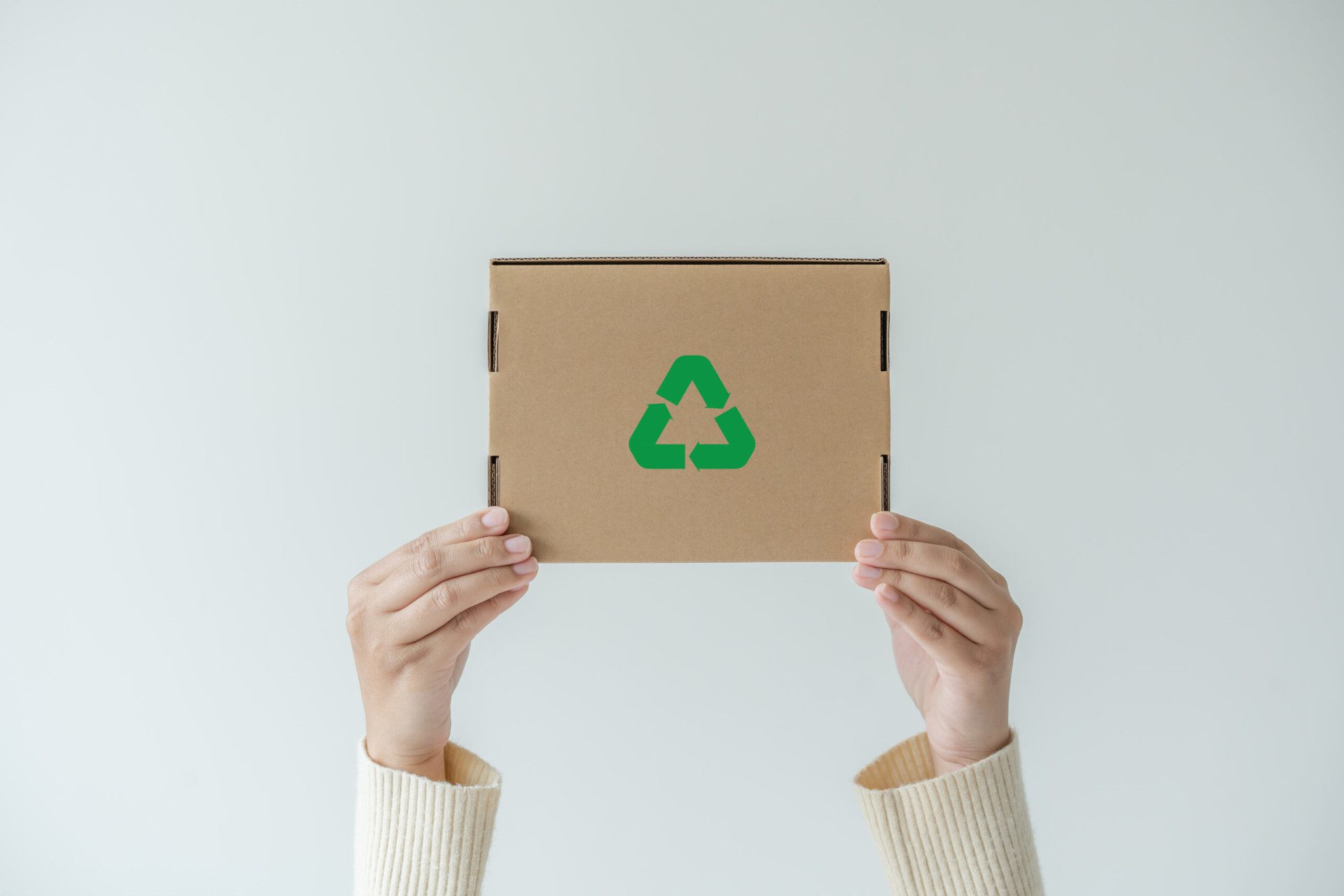In recent years, the global call for sustainability has grown louder. Consumers, businesses, and governments alike are placing increasing emphasis on reducing environmental impact, and this shift is dramatically influencing every industry, including packaging.
In fact, the words “sustainable” and “packaging” have become nearly analogous – it’s simply what’s expected as standard.
Packaging distributors now find themselves at the forefront of this change, tasked with meeting the rising demand for sustainable packaging solutions while also keeping costs low.
Here are 6 strategies packaging distributors can adopt to align with this demand and contribute to a greener future.
- Understand Sustainable Packaging Trends
Before diving into strategies, it’s essential for packaging distributors to fully grasp the evolving landscape of sustainable packaging. This includes staying informed about regulatory changes, consumer preferences, and industry best practices.
Know the difference between sustainable packaging trends like recyclable packaging, minimalist packaging, plant-based packaging, biodegradable packaging and reusable packaging. All are sustainable options, but each aligns with a different environmental goal. Recognizing those differences will help in providing clients with tailored packaging solutions.
- Collaborate with Sustainable Suppliers
Building strong relationships with suppliers that prioritize sustainability is a strategic move. By partnering with such suppliers, distributors can access a variety of eco-friendly packaging options, ensuring that their clients have access to the latest advancements in sustainable packaging materials.
Doing this also communicates a positive message about your organization’s brand and sustainability goals.
- Promote Source Reduction
Source reduction involves minimizing the amount of packaging used while still maintaining product safety and quality. Distributors can work with their clients to design packaging solutions that are efficient and minimalist, using only the necessary materials to protect the product. This not only reduces waste but can also lead to cost savings in packaging materials and transportation.
- Embrace Corrugated Packaging
A recent survey found that most U.S. consumers believe paper-based packaging is better for the environment than other packaging materials – so offering a variety of corrugated packaging products is essential.
The recyclability and renewable nature of corrugated packaging align well with the principles of a circular economy, where products are designed to be reused, recycled, or repurposed rather than disposed of after a single use. The corrugated packaging manufacturing process also requires relatively less energy compared to other packaging materials.
- Transparent Communication
Transparency is key in building trust with clients and consumers. Distributors should communicate openly about the sustainability features of the packaging materials they offer. This includes providing information about the materials’ origins, environmental benefits, and end-of-life considerations.
- Measure and Report Impact
Packaging distributors can track and measure the environmental impact of their products and processes. By quantifying factors such as carbon emissions, waste reduction, and energy savings, they can demonstrate their commitment to sustainability and provide tangible evidence of their efforts.
At Ivex, we work hard to improve our sustainability and yours. We offer a breadth of sustainable packaging materials like single face corrugated boards, recycled bubble wrap and polyethylene foam. Last year, we converted 12 million pounds of scrap back into our products. We have a vertically integrated streamlined process, multiple locations across North America, and the packaging design talent to take on your most complicated projects. If you’d like to see if we are the right packaging partner for you, don’t hesitate to contact us.





